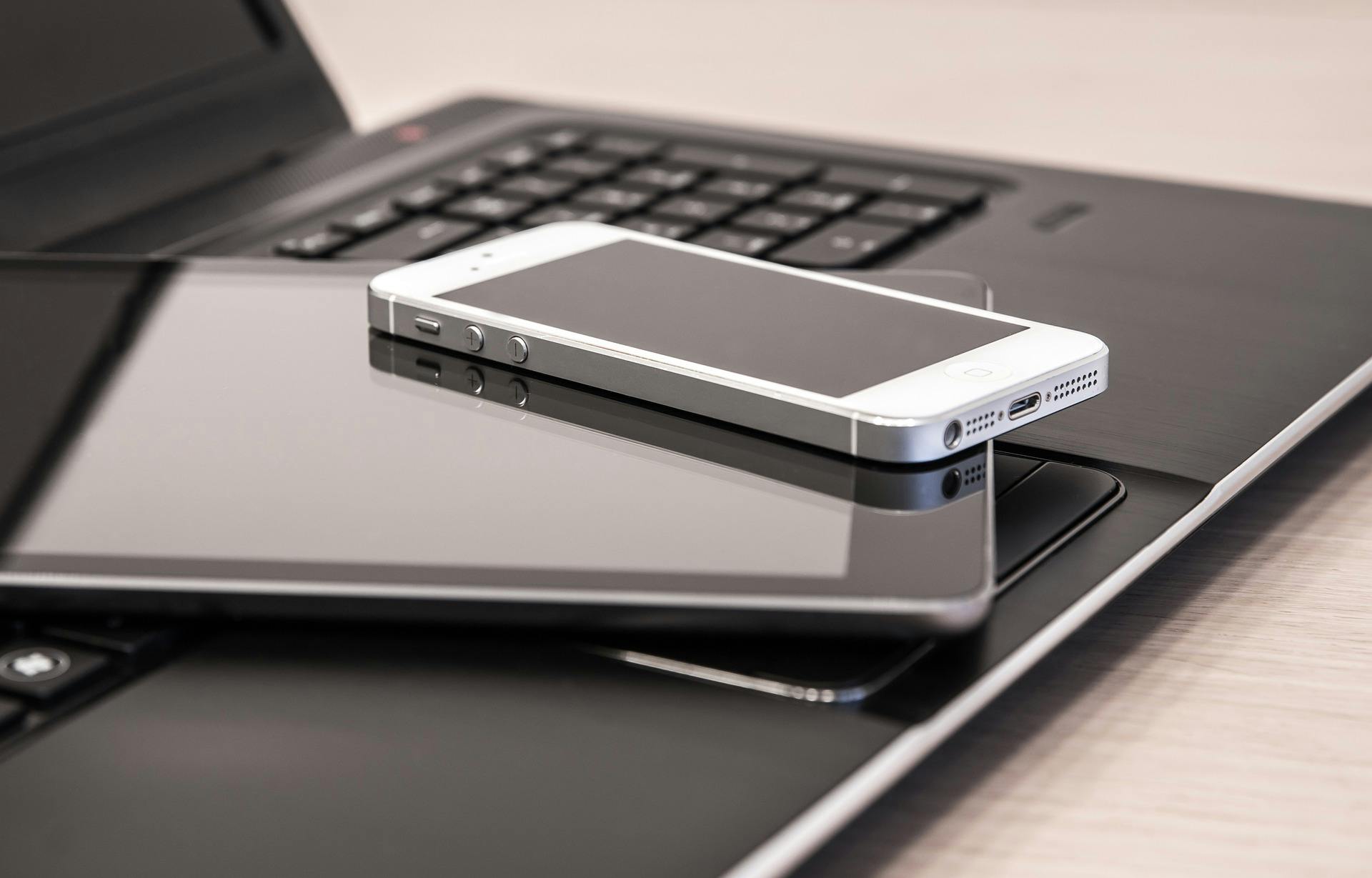Waste Electrical and Electronic Equipment (WEEE) is one of the fastest growing waste streams and last year the world produced 50 million tonnes of electronic waste including kitchen appliances, mobile phones, computers, TVs, electrical and electronic tools. These can all be either recycled or reused.
Why is it important to recycle electrical items?
A huge amount of electrical items are purchased each year and currently only a small proportion, particularly small items, are collected and can be recycled. Many of us are not aware that items such as irons, toasters and mobile phones can be recycled. These items have a tendency to sit in a cupboard or drawer and gather dust, when in fact they could be put to better use.
Electrical items contain a range of materials that can be separated for recycling and used in new products, such as precious metals including gold and copper. All this saves resources and energy.
Making one new desktop computer and monitor uses over 240kgs of fossil fuel, 21kgs of chemicals (including rare non-renewable elements), and 1.5 tonnes of fresh water. Reusing and recycling WEEE as much as possible can save precious resources and saves a significant amount of energy.
How are electrical items recycled?
Items that are still in working order can be re-used. National charities such as British Heart Foundation collect electrical items, as do some of the smaller local charities. They welcome electrical items that are suitable for re-sale, as they can generate precious funding for their charity.
Waste electrical and electronic equipment is collected at Recycling Centres. It is then taken to a reprocessing plant where they are shredded into small pieces.
Once shredded, strong magnets remove ferrous metals, such as steel. Other non-metallic metals are removed by using electronic currents. All the raw materials are then distributed to create brand new things.
How is WEEE used?
Electrical items contain many different parts which, once recovered for recycled, can be used again in a variety of new applications.
For example, the copper motor in a hover mower can be turned into copper pipe, coins in some currencies, jewellery, wire, and as winding wire for motors in new electronic products such as fridges, vacuums, tools, toys, and motors.
The circuit board in games consoles contain a range of precious metals including platinum and palladium which when recycled can be used in catalytic convertors, mobile phones and jewellery.
Precious and semi-precious metals can be extracted from mobile phones and their batteries which can then be recycled. Useful parts which can also be re-used such as aerials, battery connectors, LCD screens, lenses, microphones, phone housings, screws, SIM card assemblies and speakers.
How to recycle broken or unwanted electrical items
On average, each person in the UK buys almost three new electrical items each year – or around 170 million nationally. For every 5.9kg of small electricals purchased in 2012 (the average amount per person), only a fraction of these items (1.8kg) were sent to be recycled. Unwanted electrical items should not be put in the bin – if they are faulty and can't be donated you can drop items off at your local Recycling Centre. Some councils in Wales offer kerbside collections of small WEEE.
Enter your postcode into our Recycling Locator tool below to find your nearest recycling centre that accepts waste electricals.
Many retailers offer free recycling schemes or take back options. Ask in store for more information.
Some local councils also accept small electricals in clear bags as part of their home recycling collection - enter your postcode to check below.
